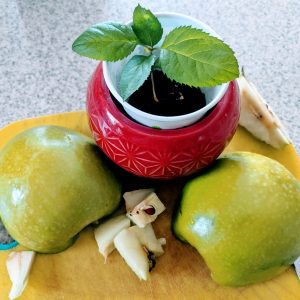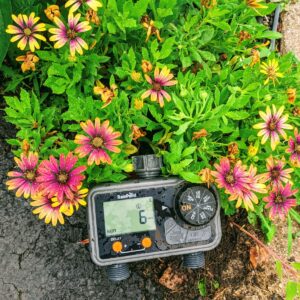Transplanting Blueberries | The Ultimate Blueberry Transplant Guide
Can we ever really have enough fruit plants in our backyard gardens? I think not! I’m always dreaming of expanding, transplanting blueberries in different parts of my yard to see where we get the best yields!
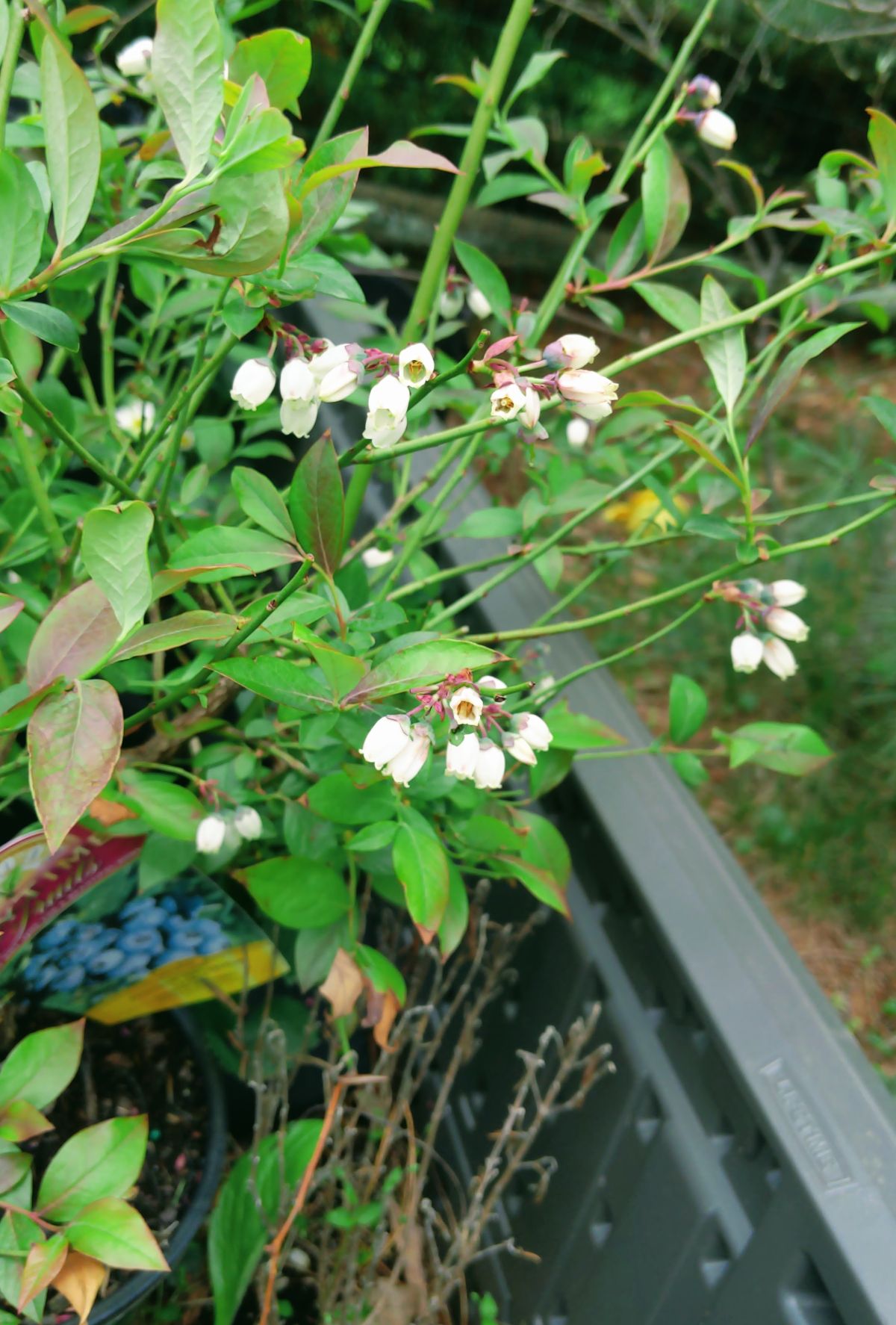
Unfortunately, when I first planted my blueberry bushes, I didn’t plant them in full sun. We’ve never gotten a great harvest, so I am hopeful a blueberry transplant project can remedy the poor placement.
I am currently stuck between moving somewhat mature blueberry plants to a sunnier spot, or simply leaving them where they are and just buying more blueberry bushes.
(Or both!)
Since I found a good deal on blueberry plants at Lidl, I bought 4 more blueberry plants to grow! That is my current plan.

If you have the space, you should buy more, too, and then learn how to transplant blueberries for the happiest and healthiest plants. You can never have too many fruit plants!
When to Transplant Blueberries
For best results, transplant blueberry bushes when it is still cool outside. In most grow zones, aim for late fall (November) or early spring (March) when the ground isn’t frozen and the plant is dormant.
If you are looking to plant potted blueberry shrubs that you purchased at a store, you can transplant them from the pots to the ground outside of this window of time.
For best results, commit to transplanting blueberry bushes on a day that is not overly hot and sunny. A cooler day can help the plants acclimate to their new location outdoors.
How to Transplant Blueberry Bushes
Whether potted or in-ground, blueberry bushes that need to be planted will generally do better with a little advanced planning.
Blueberry Transplant Materials
Before you attempt a blueberry bush transplant, gather these materials:
- Blueberry Plants (potted or in-ground)
- Shovel
- Peat Moss
- Sand
- Pickaxe (optional: for rocky clay)
Transplanting Blueberries from Pots to Soil
Follow these steps to transplant blueberry bush starts or mature plants from pots to soil.
- Dig a hole that is about 18 inches deep and 18 inches wide.
- Remove the existing soil and remove any rocks as well.
- Fill the planting hole about half-way with a mixture of 50% peat moss and 50% sand, mixing as you go.
- Note: You can also use your own preferred soil mixture, as long as you check the soil pH. (Sandy loam is a good goal soil type for blueberries, or you can also use acidic potting mix designed for acid-loving plants.)
- Note: You can also use your own preferred soil mixture, as long as you check the soil pH. (Sandy loam is a good goal soil type for blueberries, or you can also use acidic potting mix designed for acid-loving plants.)
- Gently squeeze the pot to loosen the blueberry root ball.
- Lift the plant from the pot and set it gently in the middle of the planting hole. Ensure that the base of the plant is level with the existing soil surface.
- Fill in the planting hole with more of the sandy peat mixture. Use care filling in around the blueberry bush’s roots.
- Gently pat down on the soil surface when it reaches the same level as the rest of the ground. Add more soil if needed.
- Give the blueberry transplant a good watering to help ensure its success.
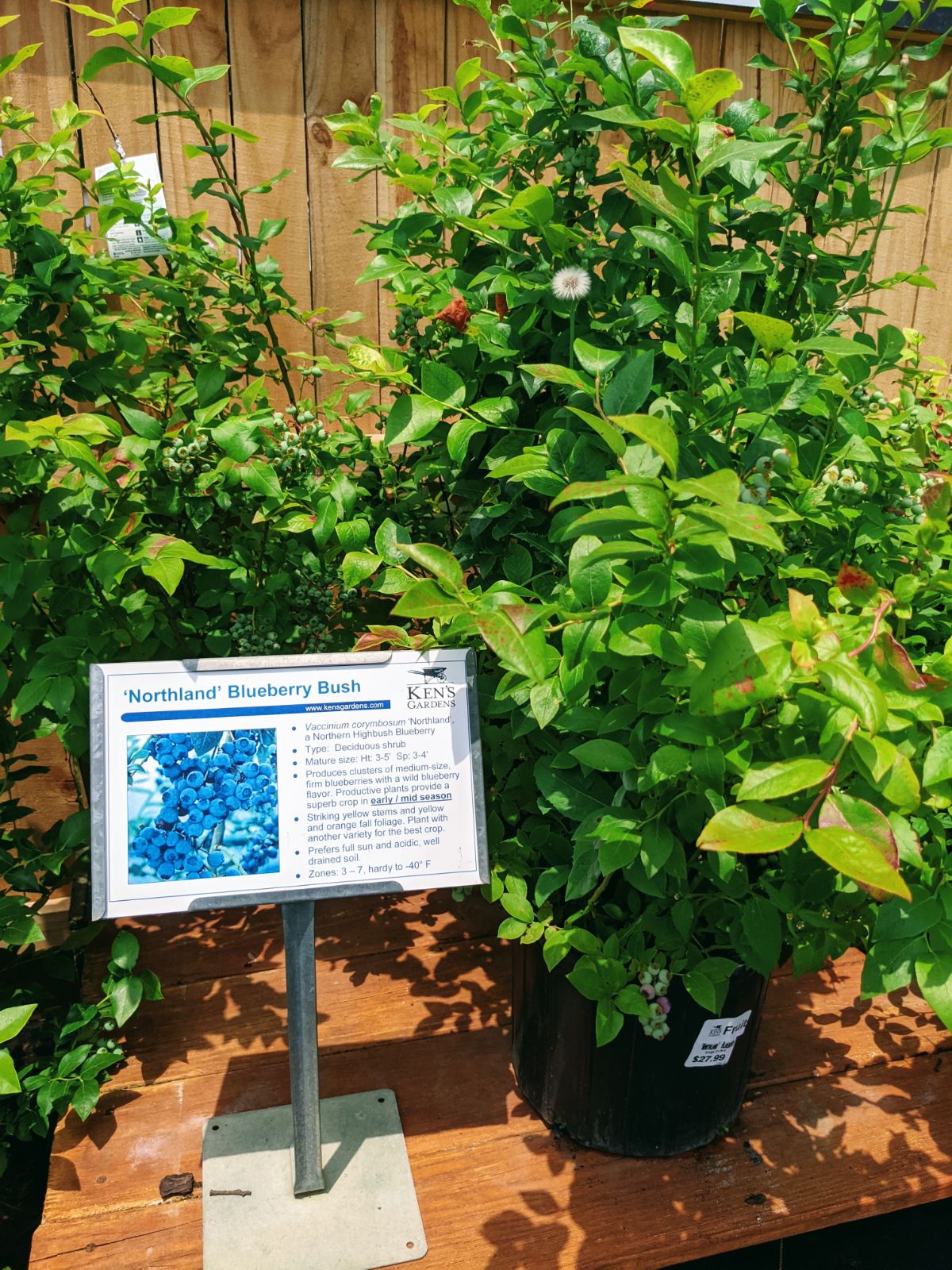
Transplanting Mature Blueberry Bushes
Gardening is often an experiment and we don’t always get it right on the first try!
As I mentioned, I mistakenly planted my blueberry bushes in a part of the yard where they don’t get enough sunlight each day. Moving a blueberry plant to a new location – if done successfully – could produce great results in future harvests.
Try these steps to move a mature blueberry plant to a new location.
- Wait for a cloudy, cooler day to handle your mature blueberry transplants, if possible.
- Prepare a planting hole as outlined above – 18 inches deep and 18 inches wide, removing rocks and all soil in this space.
- Partially fill the hole with a mixture of peat and sand or your preferred acidic soil mixture.
- Now, go to your existing blueberry bush and dig it up very gently with a wide circumference around the plant, taking care not to disturb the roots in any way.
- It’s okay to keep the soil around the roots intact. Avoid disturbing the roots as best you can to help prevent transplant shock.
- Place the blueberry transplant in the planting hole.
- Start to carefully fill in the rest of the hole with more sand and peat mixture. (You can mix it in a wheelbarrow ahead of time, if you like!)
- Pat the soil to ensure all pockets are filled.
- Water adequately to help encourage a healthy blueberry bush transplant.
If desired, you can always plant something else in the previous location. For me, I would consider a shade-loving perennial like hostas.
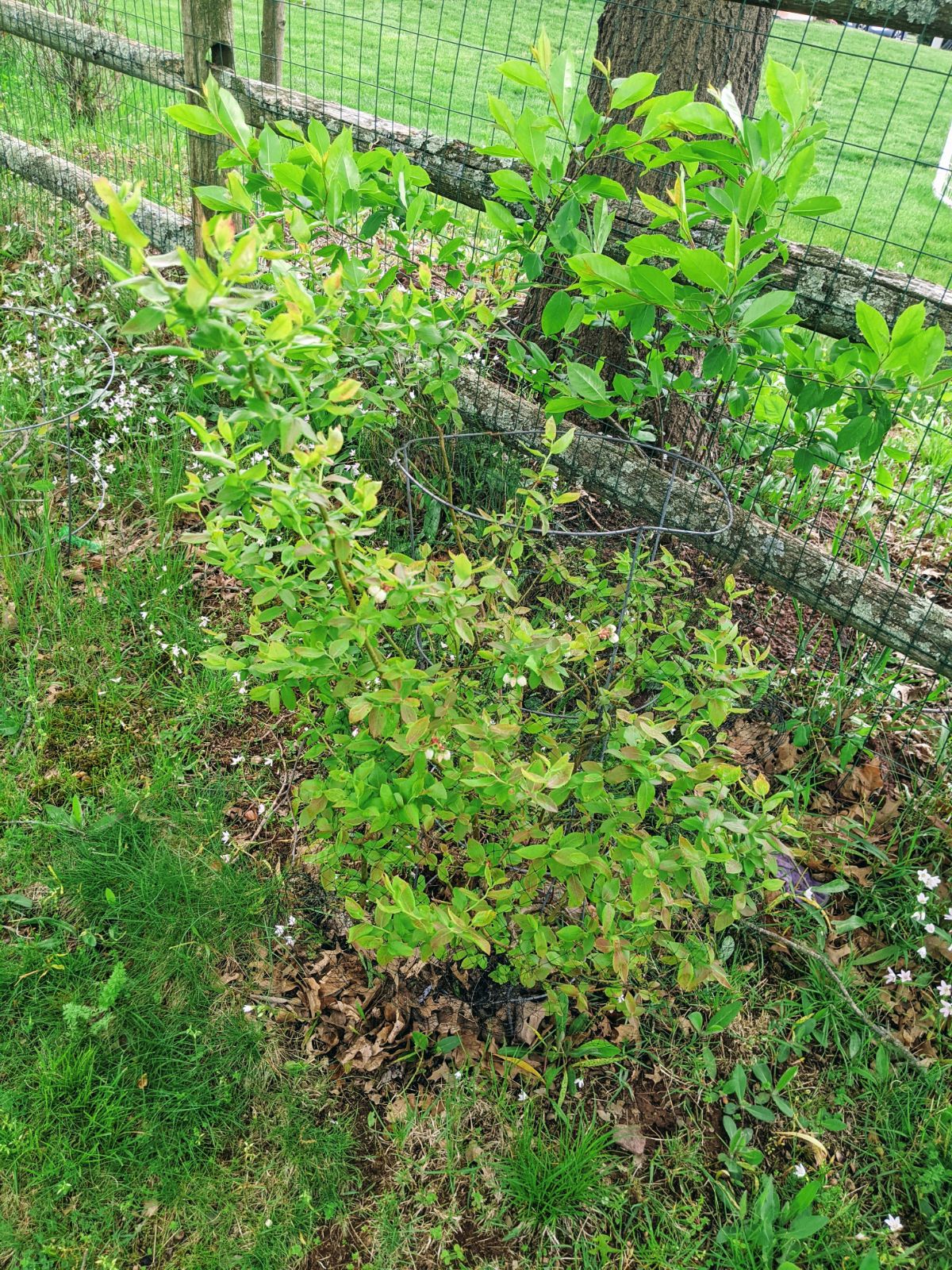
Transplanting Blueberry Shoots after Propagation
If you tried propagating blueberries from cuttings and succeeded, congratulations! It’s wonderful to see those rooted cuttings showing all your hard work paying off!
If you now have rooted blueberry shoots to transplant, you must first acclimate them to the outdoors if they haven’t been there all along.
- Transfer the shoots to soil if you haven’t already. I find this works best when you add just a bit of soil to the water changes each time until you have a largely muddy consistency. The gradual method seems to reduce transplant shock.
- Follow steps to harden off the blueberry cuttings. Basically, bring them outdoors for gradually longer amounts of time over the course of a week or so.
- Plant the shoots in their permanent home. Once the rooted blueberry shoots acclimate to the outdoor sun and temperatures, you can plant them.
- Dig a hole that is at least 2 to 3 times as wide as the young plant. You can also simply dig a hole that is 18 inches wide and deep as with the other methods.
- Fill the hole with sandy loam or peat and sand mixture. Stop when you are half-way there so you can position the berry plant.
- Place the plant on top so the soil level meets the base of the plant. Then, fill in the hole with sand and peat or your blueberry soil mixture.
- Water the blueberry transplants adequately. Make sure the water reaches the roots.
- Dig a hole that is at least 2 to 3 times as wide as the young plant. You can also simply dig a hole that is 18 inches wide and deep as with the other methods.
- Check daily for signs of new growth or signs of stress. If you identify issues with the soil or watering, aim to correct as efficiently as possible.
Tips on Transplanting Blueberries
Transplanting a blueberry bush is not a difficult task, to be honest. More than anything, this project can be time-consuming due to the labor-intensive nature of digging such large holes.
You can use your discretion or find more creative ways to increase your productivity when relocating blueberry shrubs:
- Watch the weather. Choose a cooler day with good cloud cover if possible. Avoid transplanting blueberries during a heatwave or hot and humid day. Even a drizzly day can be a good choice for a transplant project.
- Plant them soon. In most cases, your blueberry plants will be quite happy in the ground. Leaving them in the pots for too long may raise their health risks in cases of drought.
- Hire help. Inquire with local landscapers or gardening services what it would cost to dig the holes for you. Also ask about planting a blueberry hedge or landscaping with blueberry bushes if you wish.
- Discover the best Blueberry Companion Plants. Find out what grows well near berry bushes and consider the benefits to help you plot out your berry patch.
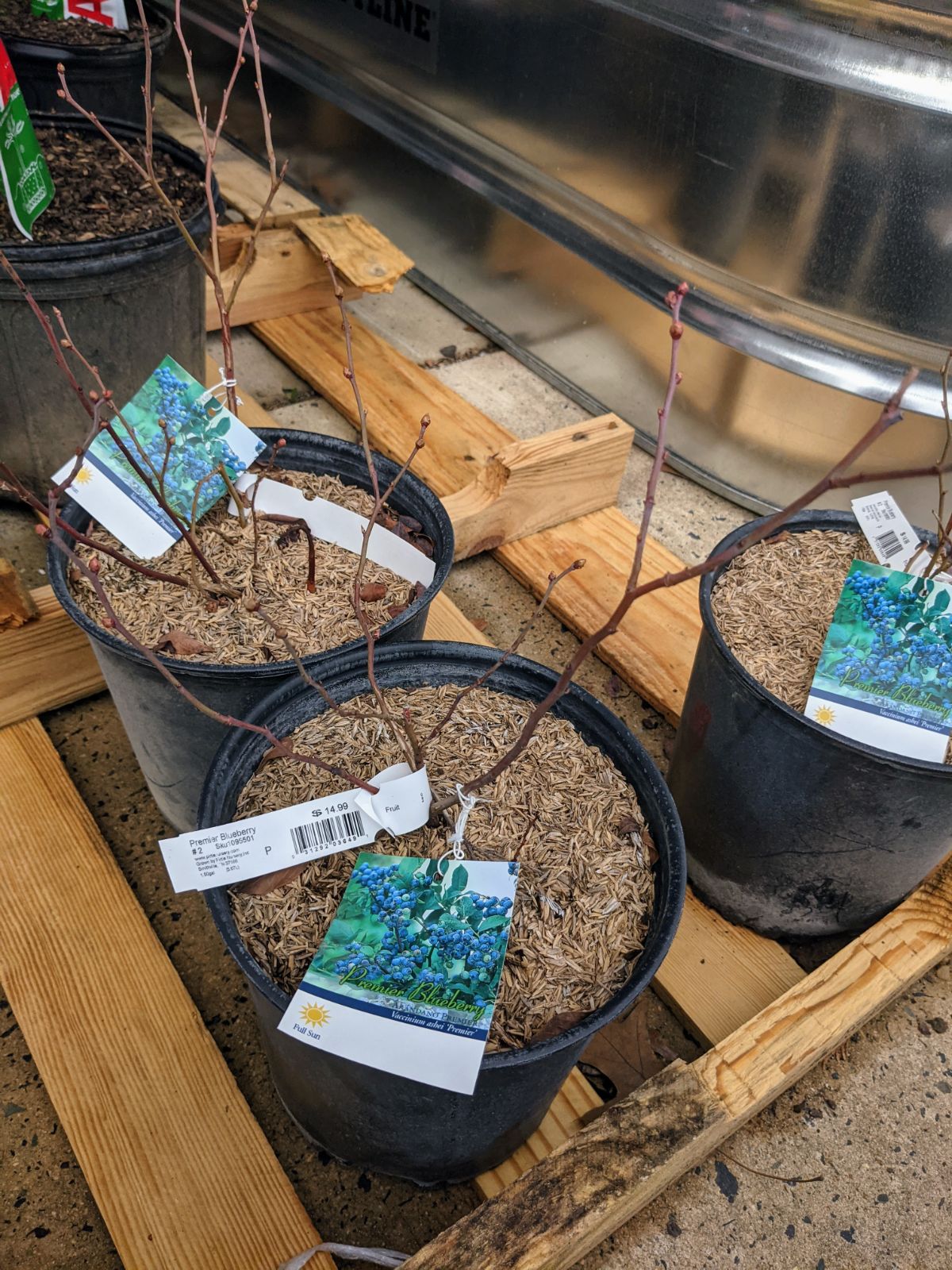
FAQ
Transplanting Blueberries: Final Thoughts
Now that you know how to transplant a blueberry bush, I hope you go out and buy a bunch to create a delicious pick-your-own backyard!
Hit us up in the comments with any questions, tips, or cool blueberry transplanting stories you might have!
Happy Gardening!


